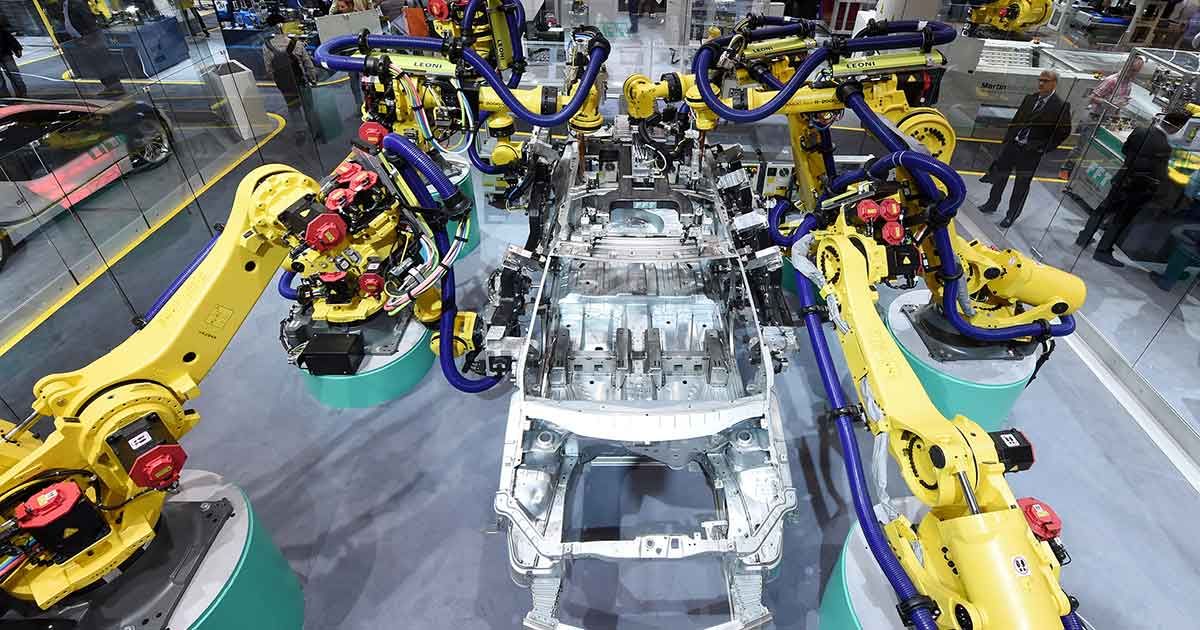https://www.undoing-aging.org/news/dr-eric-lagasse-to-speak-…aging-2018
#undoingaging



Driverless cars need superhuman senses. And for the most part they seem to have them, in the form of lidar, radar, ultrasound, near-infrared, and other sensors. But regular cameras, often forgotten about in favor of more exotic technologies, are incredibly important given they’re used to collect data that’s used to, say, read the messages on road signs. So Sony’s new image sensor is designed to give regular camera vision a boost, too.
The new $90 IMX324 has an effective resolution of only 7.42 megapixels, which sounds small compared to your smartphone camera. But with about three times the vertical resolution of most car camera sensors, it packs a punch. It can see road signs from 160 meters away, has low-light sensitivity that allows it to see pedestrians in dark situations, and offers a trick that captures dark sections at high sensitivity but bright sections at high resolution in order to max out image recognition. The image above shows how much sharper the new tech than its predecessor from the same distance.
Don’t expect a beefed-up camera to eliminate the need for other sensors, though: even with strong low-light performance, cameras don’t work well in the dark, and they can’t offer the precise ranging abilities of other sensors. That means lidar and radar will remain crucial complements to humble optical cameras, however fancy they get.
Russia has become the first country in Europe to use a 3D printer to construct a real residential house. https://sptnkne.ws/fKYu

Amid the tumult, there’s one clear winner: the $50 billion company that controls most of the world’s market for factory automation and industrial robotics. In fact, Fanuc might just be the single most important manufacturing company in the world right now, because everything Fanuc does is designed to make it part of what every other manufacturing company is doing.
Fanuc, a secretive Japanese factory-automation business, might be the planet’s most important manufacturer.

A new vaccine targeting dozens of new strains of pneumonia could potentially save “hundreds of thousands of lives” according to researchers. Early studies show the new vaccine effectively protects against a variety of bacteria that causes pneumococcal disease including pneumonia, meningitis and sepsis.
Since the introduction in the early 2000s of vaccines targeting the most deadly forms of pneumonia, the World Health Organization has estimated global deaths of children from the disease have been cut in half. Alongside better nutrition and access to antibiotics, a vaccine against the 23 most deadly pneumonia-causing bacteria has been held as responsible for the millions of lives saved.
Now a team of scientists from the University at Buffalo and New York University’s Langone Medical Center has developed a new vaccine that targets another 50 strains of a bacterium called Streptococcus pneumoniae, the primary bacteria responsible for pneumococcal disease.
This thing can chill wine in less than 30 seconds (via In The Know).

A lobbying group representing top artificial-intelligence companies including Amazon.com Inc., Facebook Inc. and Google issued a warning to lawmakers on Tuesday: hands off our algorithms.

Are you ready to live longer?